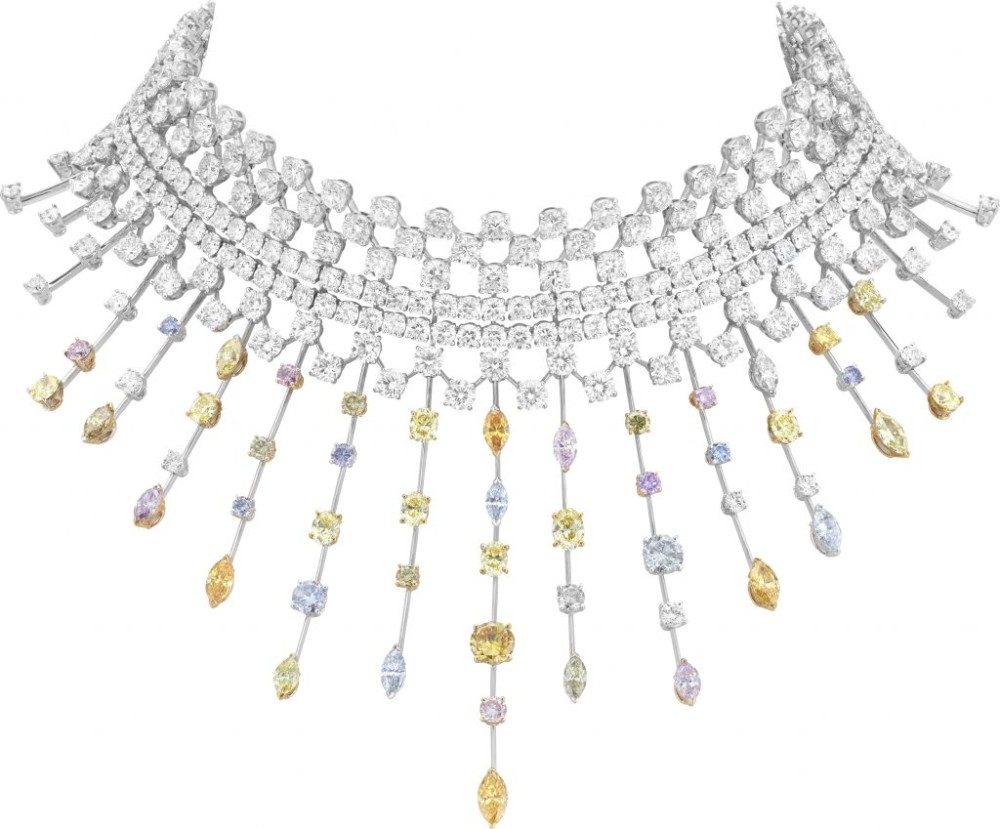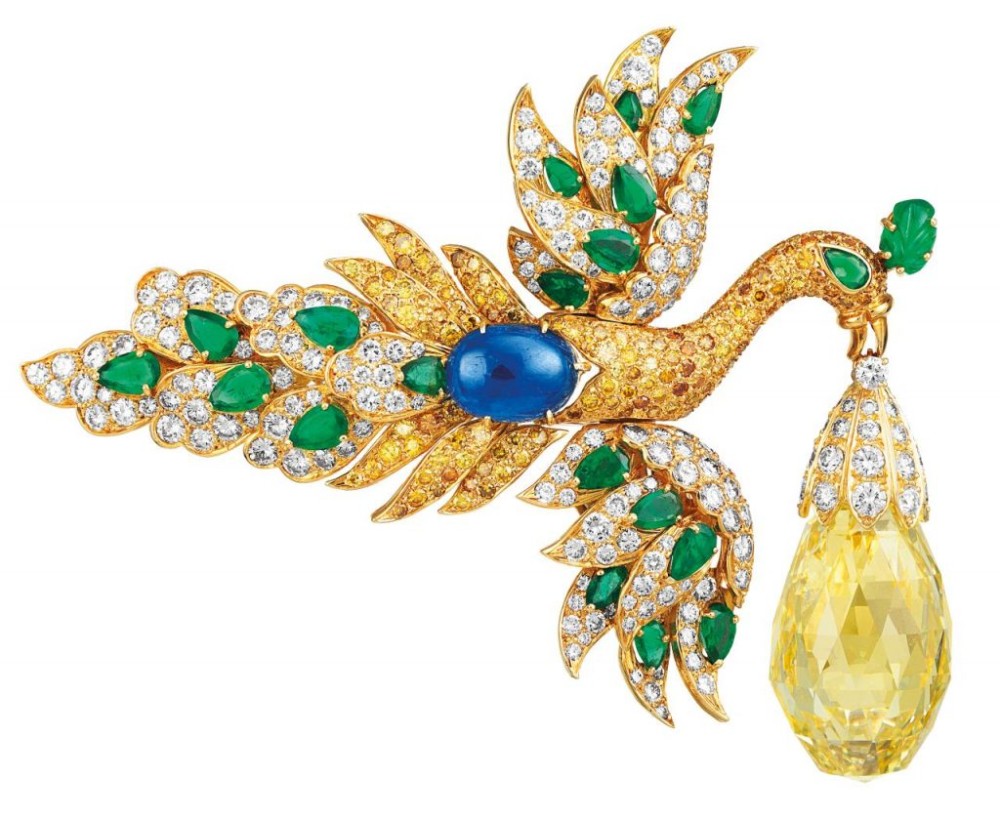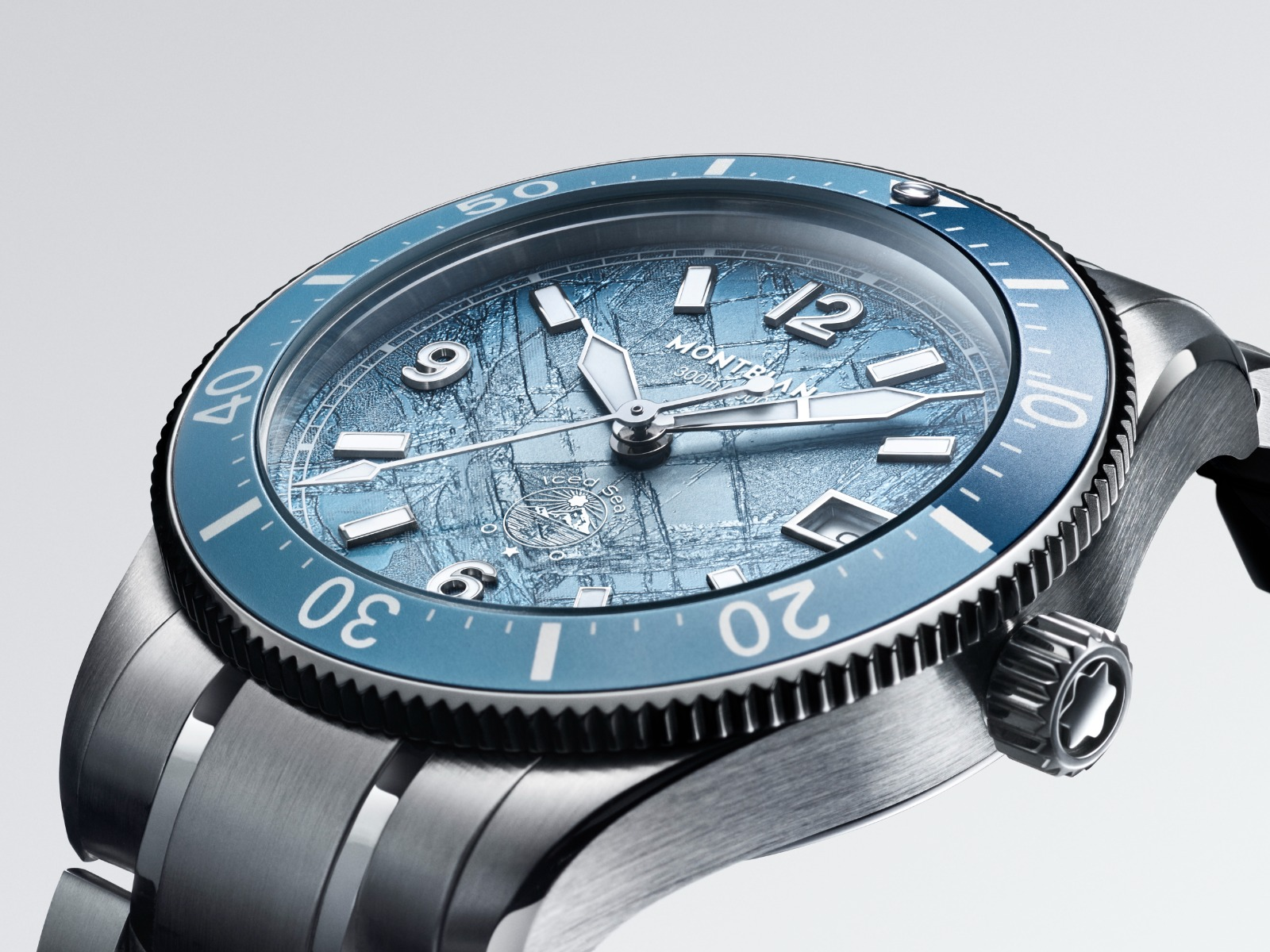#legendasks: What makes coloured diamonds so special
Dec 07, 2021
Loved for their immense beauty, coloured diamonds are some of the rarest gemstones in the world. #legend talks to an expert gemologist to find out why

Rare enough when they’re colourless, diamonds have always played an important role in jewellery design. For the seasoned jewellery collector, however, the colourless variety might not quite have that rare factor.
That’s where coloured diamonds come in. The pinks, greens and blues are gaining popularity as their rarity become increasingly apparent. With the closing of Rio Tinto’s Argyle Mine in Australia, a steady producer of coloured, especially pink diamonds for close to four decades, it further highlights the finite nature of these gems.
We talk to Olivier Segura, scientific director and gemologist of L’Ecole School of Jewelry Arts, supported by Van Cleef & Arpels, to find out why coloured diamonds have been sought after for centuries and what makes these colourful gems so special.
Compared to colourless diamonds, just how rare are coloured diamonds?
It is estimated that coloured diamonds account for only one to two per cent of diamond total production [worldwide]. And still, only a few have the quality enough to end up on the jewellery market. For all these fancy diamonds, the main evaluation criterion is colour. It is extremely rare to find diamonds with pure and intense colours of more than five carats in red, orange or purple.

From a geological standpoint, what makes them so rare?
The origin of colour in diamonds is a complex subject for scientists. One might think that diamond, composed of 99.95 per cent carbon, is a simple material. However, its mode of formation, at very high temperature and very high pressure, makes a unique material on earth. Each colour owes its origin to modifications of the crystal lattice, by substitution of some carbon atoms by boron atoms, for example, to produce blue, or wider disturbances of the lattice by distortion, to obtain certain roses.
What’s are the earliest documentations of coloured diamonds used in jewellery?
Since coloured diamonds are extremely rare among gems, they must have been coveted by the nobility or royalty to mark their power. However, before the invention of diamond cutting, it is difficult to reveal their beauty. We know many coloured diamonds used by the Mughals, great lovers of exceptional gems, pink, brown or blue, because they can exist in large dimensions. The story of the largest blue diamond in history is well documented. The stone was bought in India in 1668 by the great French merchant traveller Jean Baptiste Tavernier. This exceptional blue diamond of more than 115 carats, cut in Indian style (polished to the closest of the rough shape), was bought by King Louis XIV and cut by his jeweller into a stone of 69 carats with perfect symmetry. Stolen in 1792 during the troubles of the French Revolution, the stone reappeared in England in 1812. It was recut into a 45-carat cushion-shaped diamond. It is in this form that the diamond is still visible at the Smithsonian Institution in Washington, under the name of Hope diamond.
With the last of the Argyle mind collection sold and the mine ceasing operation, how will this affect the demand and price of pink and other coloured diamonds?
It is true that 80 to 90 per cent of the world’s pink diamonds come from the Australian mine since its exploitation began in 1983, but only less than 0.1 per cent of the diamonds mined in Argyle are pink. Coloured diamonds can be found in all mines in the world, although specific geological conditions may have favoured the appearance of certain colours in some mines.
It is difficult to know what will be found in the mines in advance, but the pink diamond market is certainly not dead. There is a secondary market that can supply the industry for many years to come. But like other coloured diamonds, we can be sure that prices will rise further and that the desire to own the rarest and most exceptional gems that the earth has ever produced will accelerate further.

Also see: #legendasks: What’s the hype behind the double-signed Patek Philippe Tiffany & Co Nautilus 5711





























